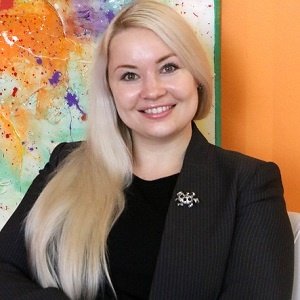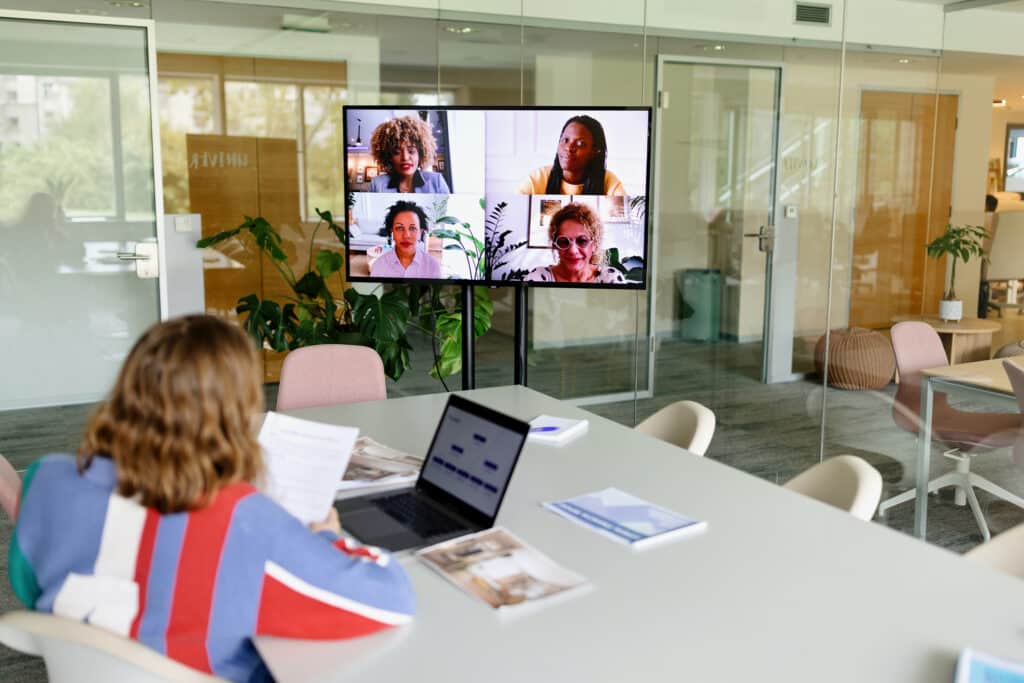Visualizing the Virtual Workplace
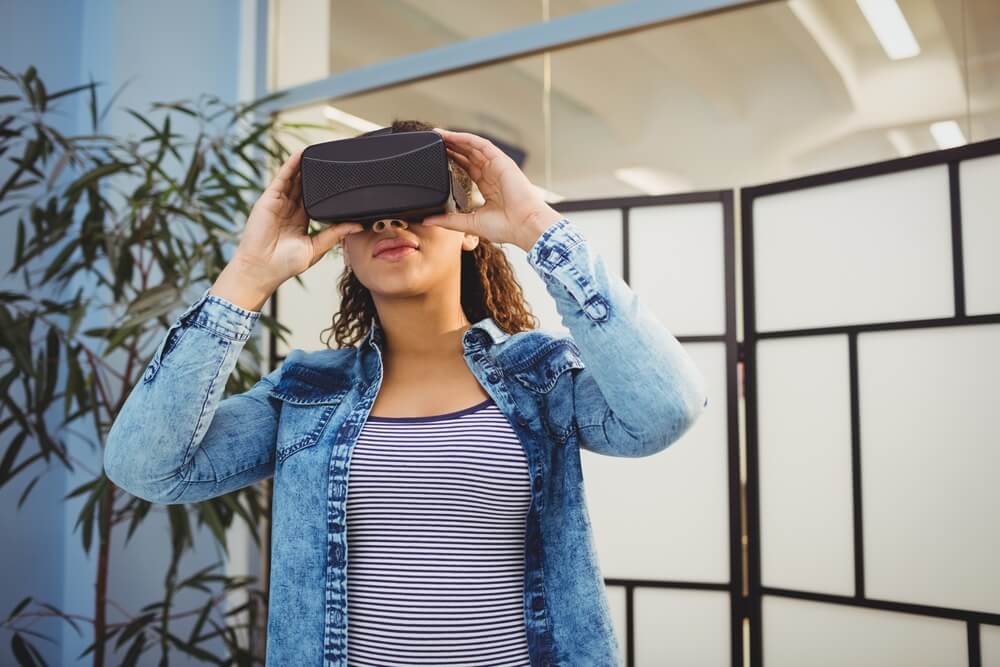
Trend3r COO Maria Shumilova breaks down the nuances of VR, AR and MR and explains how these technologies are revolutionizing workplace visualization.
Visualizing a workplace is easier said than done. Many organizations think they can see the “big picture” of how their space will look and feel, but very few can capture its full scope. In the FM industry, where space utilization is critical, understanding how a workplace will appear and function has become an increasing challenge with a host of new layouts and technologies that have infiltrated the modern office space.
Trend3r is a Houston-based company that is trying to solve that problem. Combining virtual, augmented and mixed reality solutions for clients in the FM industry and beyond, they are on the cutting edge of workplace visualization and give clients the ability to see their space in 3D before putting any time and money into the physical process. Trend3r COO Maria Shumilova tells us about how virtual visualization solutions are revolutionizing the way workplaces are being shaped and how they can make life easier for for the working FM.
What inspired the creation of Trend3r? How did your team come up with the idea to create virtual, augmented and mixed reality solutions for organizations?
Shumilova: I’ve always had an aptitude and love for technology. My business partner and our CEO, Larry Horning, is our visionary. He had this idea of implementing virtual, mixed and augmented reality solutions into business applications. That’s when he approached me. I came from the corporate and finance world, but it really made a lot of sense to me. We got together and that’s how we started building our business.
We dove into the VR space first. When the Microsoft HoloLens came out, we really discovered all the capabilities that it offers as far as the AR and MR spaces. Shortly after that, our third partner Joshua Kuhlman, who is our CTO and the tech mind behind a lot of our technology development at the company, stepped in and brought his expertise.
Next thing you know, we had the powerhouse. The visionary, the finance and operations person, and the tech creative. With our three-person team, we started building the brand of Trend3r and developing it to be this fusion of solutions that can be utilized to implement VR, AR and MR into different business applications and industries.
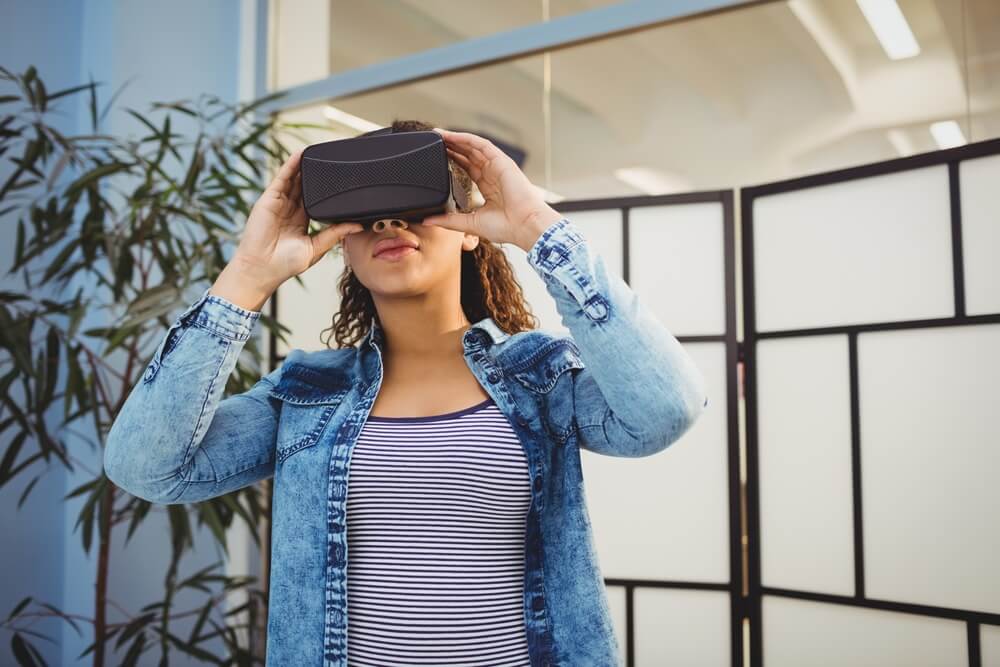
How would you describe what Trend3r does to someone who might have never heard of it or someone who might not know a lot about VR, AR and MR?
Shumilova: I really tell people that we’re in the business of helping clients see their ideas come to life before they’ve invested a lot of money and time into creating them. We have two key objectives:
We educate people on technology tools and make them really comfortable with using them, to point where they begin to see the value and the applications to their business and industry. We offer them a spectrum of solutions and show them this is how we’ve utilized things and this is how they work. There’s usually a point in the educational process where a light bulb goes off and people go “I can do this and this with my company” and it just sets off a chain reaction of what can be done with all these different tools.
The second point is we truly help people envision their projects, constructions, new buildings or office spaces. We help them see it before the big money is spent and time is invested. In short, we just explain the technology in simple and clear terms while demonstrating the value in business.
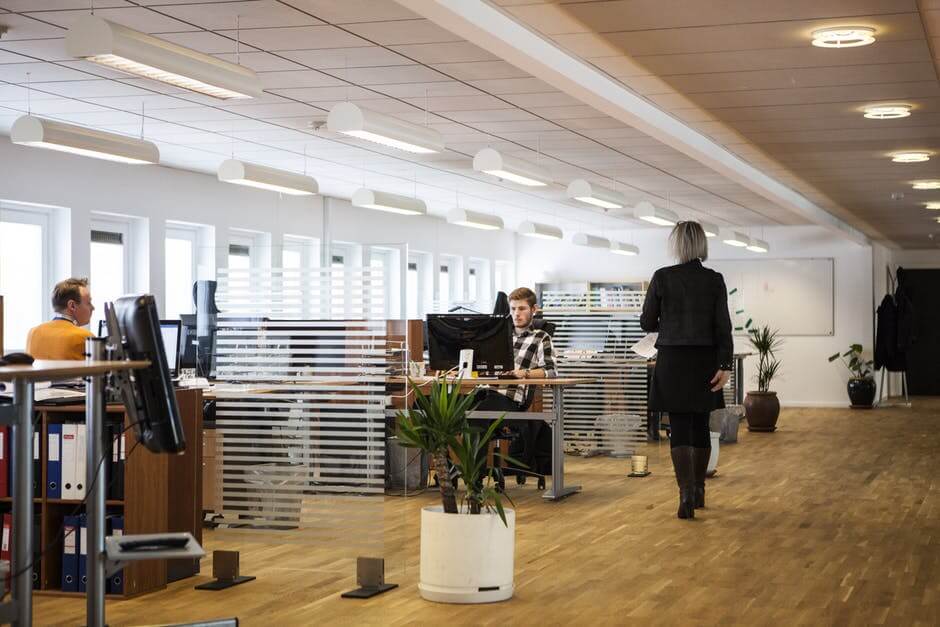
Could you break down the difference between VR, MR and AR and how they work together to compliment each other to create the business solutions that Trend3r offers?
Shumilova: They’re really all supposed to work together and compliment each other depending on the business solution that needs to be created.
VR is all about the full immersion into the artificial environment, the entire environment is digitized and the user can only experience what’s in the VR goggles and not the actual physical surroundings — it’s essentially enclosed.
AR blends with and overlays the physical environment. The users, from our experience, are more comfortable with AR because they can actually see the physical surroundings as well as the augmented or holographic models and shapes we create. It’s interesting, although VR has been around longer, people that have experienced VR then go into experiencing AR seem to be more comfortable with AR because of the ability to see around them. Not to mention the vertigo effect, a lot of people get dizzy when they experience VR. They don’t have that issue when experiencing AR. It’s the function of the brain between the eyesight and hearing, VR creates this disconnect where your ears hear one thing and your eyes see something different, with AR you don’t have that issue.
MR is a whole other animal and it’s actually a term Microsoft came up with as part of their branding for the HoloLens. They talk about MR as being this very comprehensive and cohesive approach to creating content on any of their devices on the platform and make it viewable across all of the devices. It essentially blends the concepts of VR and AR to make it one immersive and interactive experience.
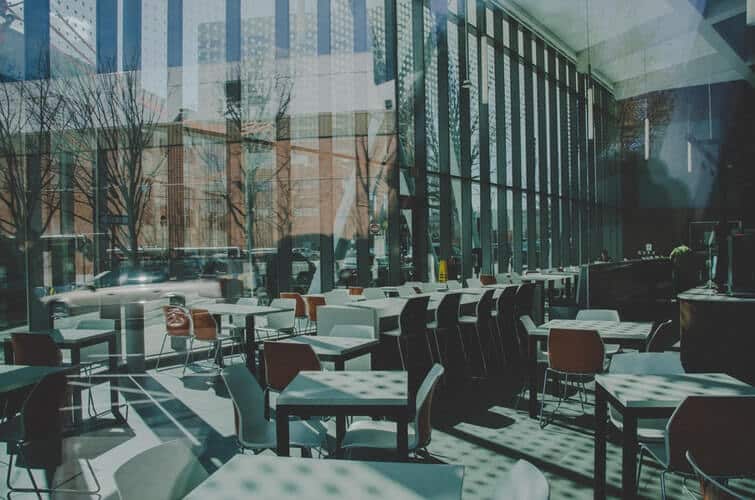
What kind of industries generally seek out Trend3r’s services and how do you think those services directly benefit someone in the field of FM?
Shumilova: We work with all types of different companies and industries. We’re talking architects, construction contractors, designers, manufacturers, landlords, real estate brokers, non-profits, educators. We have even done work for a little company you might’ve heard of called NASA. We have a very diverse pool of clients and we definitely don’t pigeon-hole ourselves to any one particular industry.
For the benefit of FMs, we can definitely add value in several different ways. One would be documenting consistent spaces through our virtual tours. We also help visualize new, ready-to-be remodelled, rebuilt or changed spaces like new constructions, add-ons and teardowns. We can create a hologram of a building and go overlay it over an empty plot of land and say “this is what your new building is going to look like.” People can literally walk inside the building, see not just the exterior structure but all the offices and break rooms, they can experience it all before even breaking ground. That’s where we can really add value if clients bring us on early in the process. Our technology can help catch errors, minimize change orders and eliminate the guesswork out of the FM process. Not to mention, the models can be used for quality control and documentation purposes.
The completed assets can also be utilized by different departments besides FM. HR can use it for change management, recruiting or training new employees to help transition to a new space. A lot of times the movement of facilities or changing of the workplace can create a lot of stress and anxiety among employees because it’s change. Visualizing the new space helps mitigate that and answers many questions and concerns employees may have in the process.
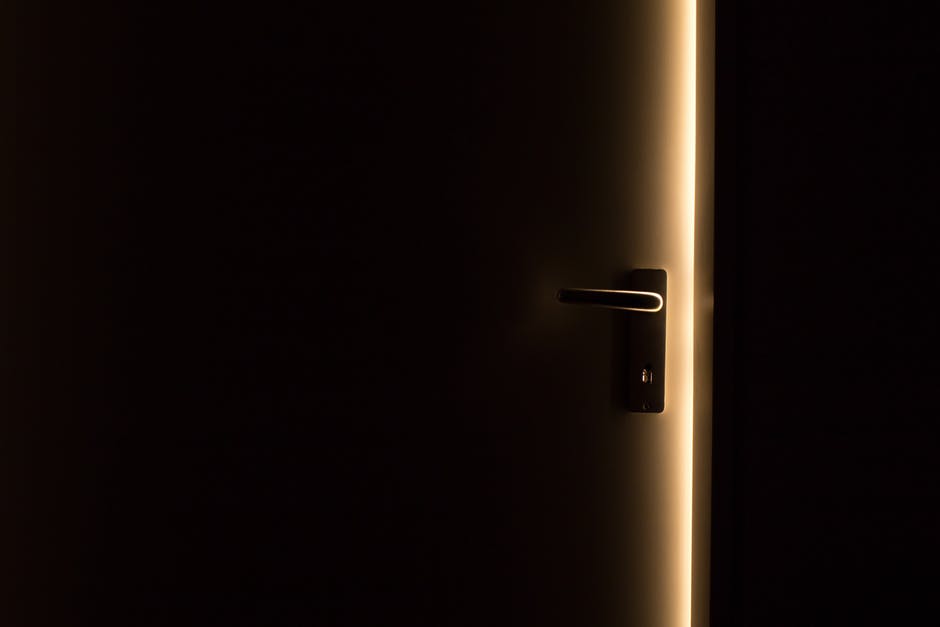
What are some of the biggest challenges you’ve faced as a team in putting together these solutions and how were you able to overcome them?
Shumilova: We haven’t had any technology-based problems that we haven’t been able to overcome. Everything that we’ve run into in that respect, thus far, we’ve been able to find solutions for or figure out how to make it work — that hasn’t been the issue.
Our biggest challenges are fear of technology and resistance to change. Those are two things we always have to get past with users through education, training and familiarity with the technology. We have to go through this learning curve with the end user, or whoever the client is, in order to really begin to convey the values and benefits of the technology to them.
With respect to VR, AR and MR, what do you think the future of workplace space utilization will look like over the next 5-10 years?
Shumilova: The way I look at it — the workplace is changing. I don’t know if it’s going to happen in five years, but I envision it’s going to be the norm in about 10 years. I expect people to have a small set of glasses, like reading glasses, that are essentially going to replace monitors and keyboards.
There are a lot of prototypes that are already out there, they’re clunky and still pretty big, but eventually I think they’ll become a natural and elegant piece of hardware that’s not going to look weird and people will be comfortable using them. I think it will become a norm in the next decade to interact with different types of content like AR and VR as you are going through your day, and it’s not going to come as strange, new or unfamiliar anymore.
I think AR, VR and MR content will become as common as web content is today. That’s the way I see it. The work stations are going to change and space layout will evolve to accommodate this digital, portable, and flexible setup for people. We aren’t going to be contained to desks and cubicles anymore, we’ll have some sort of open and interactive workflow space to work in.
Find out more about how Trend3r can create virtual visualization solutions for your organization at their website.
Would you use VR, AR & MR to approach space utilization in the workplace? Let us know your thoughts in the comments below.
Photos: Shutterstock, Pixabay, Jerry Kiesewetter, lalesh aldarwish

